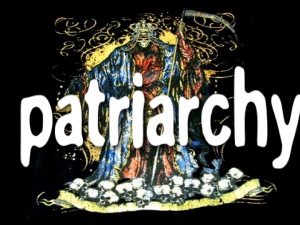Summer, 2013, Beloit College. I was devising a performance piece about the first meeting of Egyptian and American feminists at the 1930 International Women’s Suffrage Association in Rome, Italy. This course and the resultant project were to be part of a collaborative performance with students from the American University of Cairo.
Nine students were enrolled in the course: three men and six women. Of the men, two were international: one hailing from Japan and the other from Bosnia. The third man, an American, lived in a Jewish community in Prague for six years. Four women were white Americans, two women were mixed race Americans. All students were theatre or media students. None of the students were transgender.
Our first task was to understand “orientalism” as it informed the writings and behaviors of the American women’s writings we would be using as source material. The first three days of the course focused on Said’s concept of the Oriental (and the Occidental). On the third day, we brought these ideas together to examine “Woman” as “Orientalism”.
Students were placed in gender-identified groups to discuss the conception of woman as they “knew” it. Men were asked:
- What is strange about women?
- What do you KNOW about women because you’ve read it? (and why would men write this down?)
- What mystifies men about women?
Women were asked:
- What do men not “get” about women?
- What do men know about women from reading about them?
- What do you believe is mystifying about women for men?
These conversations were developed into important vignettes for the performance.
For me, students’ experience and knowledge is an essential starting point for education. Articulating what is “known” allows the known to become “un-known” when other perspectives complicate the known. Two years after asking students to consider “Woman” as “Orientalism”, I am still haunted by a comment from a male student, “Amy, you are asking us to apply the concepts of Orientalism to women and it really just can’t be done.” I said to him, “In Orientalism, according to Said, there is a self-conscious scientific perspective that looks at the linguistic significance of Orient on Europe; and, Orientalism divides, subdivides and classifies the Orient as an unchanging object. It becomes a uniform and peculiar thing. Don’t you think that when you replace “orient” with “women”, “Orientalism” with “Woman”, and “Europe” with “men”, the statement remains true? An argument erupted in the room –and, it’s still continuing!



